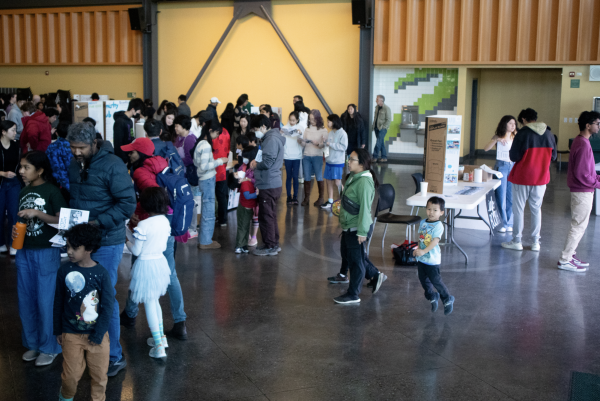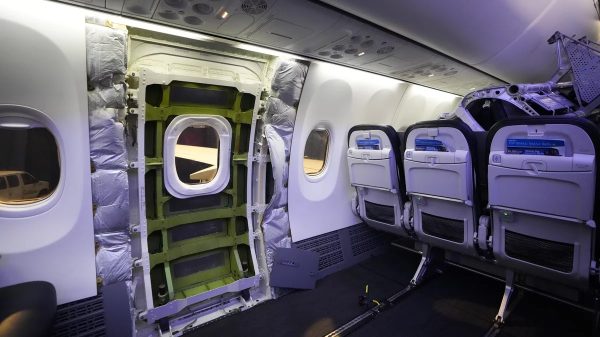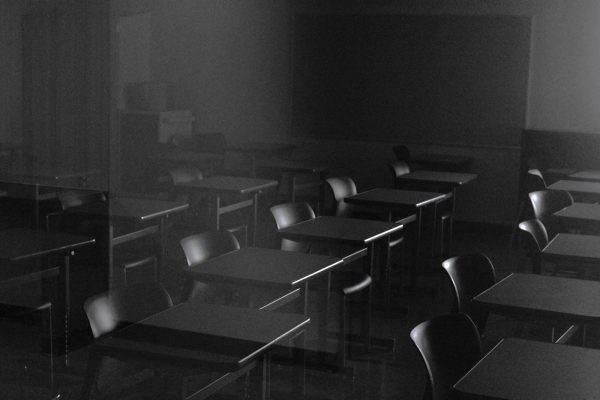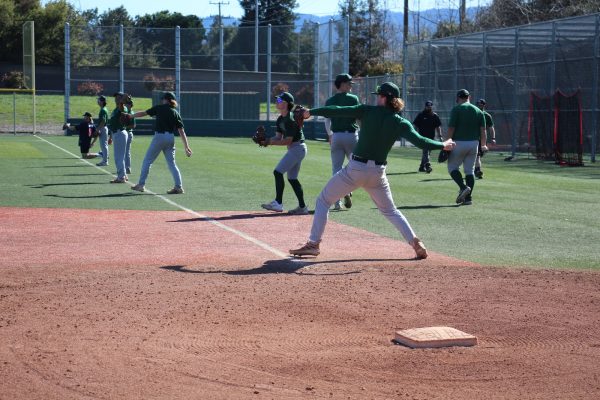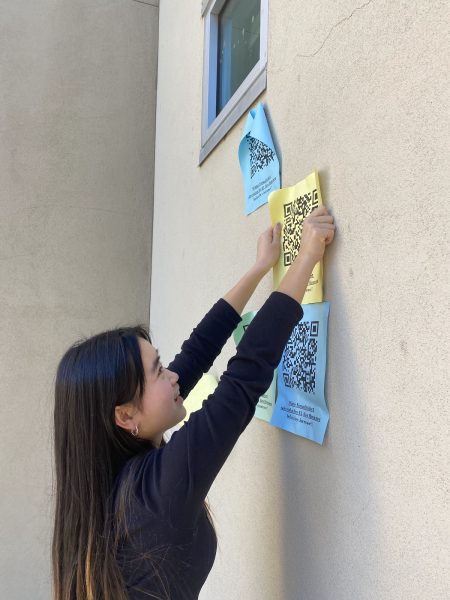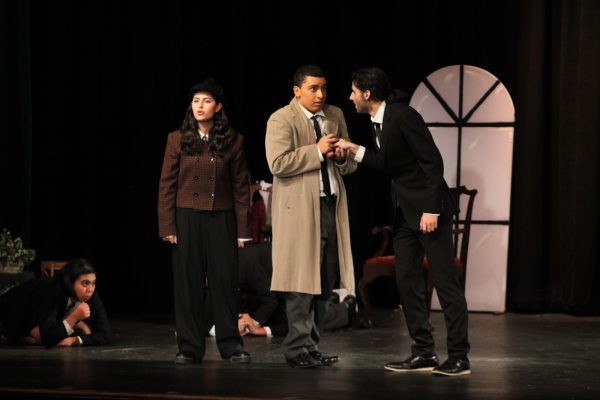Administration prepares to host November SAT amidst pandemic
New safety guidelines implemented as administration prepares to keep students, proctors safe
The statewide cancellation of SAT administrations across California led FUHSD district administrators to offer the SAT at every school in the district this coming Saturday, Nov. 7, FUHSD coordinator of data & assessment Denae Nurnber said.
However, students must be aware that this SAT administration will be unlike any other they may have attended. There will be a multitude of safety procedures implemented to ensure the safety of students and proctors, Nurnberg said.
Nurnberg is organizing the SAT administration at the district level. Her main job, she said, is to set safety guidelines for the day. While each school is administering the test differently, there are common instructions that must be followed.
“[All schools] are limited to the 14 students for the small cohort model from the Santa Clara County Office of Education,” Nurnberg said. “Their health protocols have been shared with the school sites, so there’ll be a maximum of 14 students per classroom.”
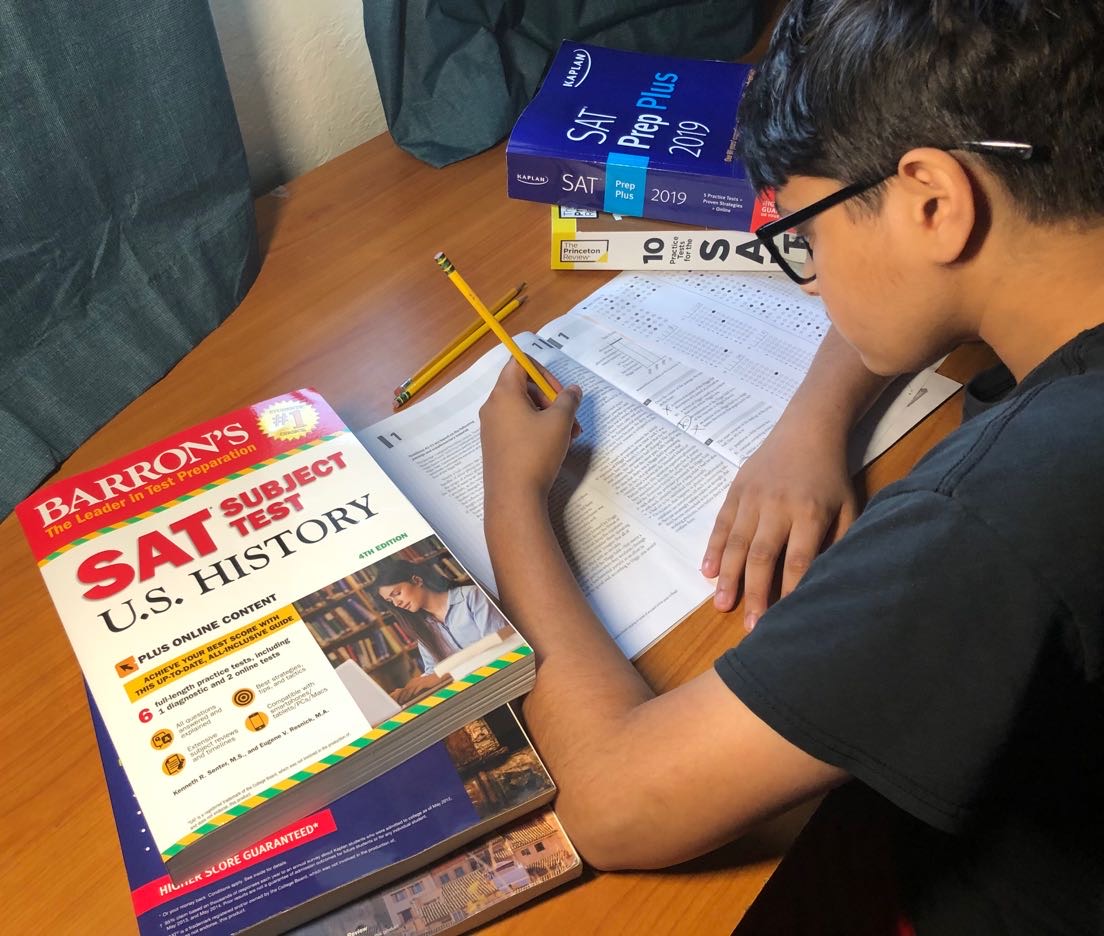
Nurnberg also said the system for verifying every student taking the exam will be uniform across all schools, as well.
“They’ll have to line up six feet apart in front of the classroom and approach the proctor when invited to do so,” Nurnberg said. “Outside the classroom, [students] will need proof of registration and their ID. Then they will have to do a hand sanitizer pump, and the proctor will then verify after they back up at six feet, again.”
The proctor will look at the student’s ID and registration and verify it, Nurnberg said. Then the student can pick up their possessions, enter the classroom and go to an assigned seat that will already have been pre marked six feet away from their peers.
Additionally, Nurnberg said all proctors will be given personal protective equipment (PPE) to wear. Every proctor will be given a face shield and will bring their own gloves. Nurnberg also said students will have limited movement while on campus.
“We are going to keep the students in the classrooms during the break periods because having 400 students who haven’t seen each other since March in person and trying to keep them from not congregating and not being six feet apart is just going to be impossible,” Nurnberg said.
Students will be allowed to use the restroom, but only in limited numbers so Nurnberg said students may not want to drink large amounts of water before and during the test.
Even with the numerous aspects of the SAT administration that are uniform across the district, Nurnberg said students at different schools will have different experiences.
Assistant principal Terri Hannigan as well as college and career counselor Vicky Salazar are co-coordinating the SAT administration at Homestead.
When Hannigan and Salazar volunteered to administer the SAT, they each had to go through training to learn how to prepare before the SAT date and what to do afterwards.
Then, the two had to figure out which classrooms they could use for testing, Salazar said.
“We did a walkthrough of the campus and we went into every room to see whether or not it would be a room we could use for testing. Some of them were too small and some of them didn’t have the proper tables,” Salazar said. “Those were things that we had to talk to maintenance about and then there were certain rooms with posters on the walls that we had to cover so students taking tests don’t have access to them.”
Hannigan said all classrooms must have desks facing the same direction with a clock in each room that is easily seen. Proctors must also have the ability to write essential test information on a whiteboard in the room.
Hannigan and Salazar said they are planning to limit the number of entrances onto the campus so they can easily verify students when they arrive.
“We are looking into having two locations where students can enter: one through the staff parking lot and one through the student parking lot,” Salazar said. “We will be closing off any other entry so that we aren’t getting students or other people on campus without them being first checked in, so that we know they’re actually supposed to be here.”
[All schools] are limited to the 14 students for the small cohort model from the Santa Clara County Office of Education. Their health protocols have been shared with the school sites, so there’ll be a maximum of 14 students per classroom.
— FUHSD Coordinator of Data & Assessment Denae Nurnberg
Once students are on campus, there will be specific restrictions as to what bathrooms can be used and what direction students can go when walking through buildings.
Salazar said buildings will have specific entrance and exit doors and the hallways will be divided into different directions. To ensure students follow these rules, there will be hall monitors set up throughout campus. These hall monitors will make sure students are not gathering too close together.
Hall monitors will also ensure students are wearing their masks at all times. Hannigan said students will have to arrive on campus with a mask on and be committed to wearing that mask for the entire test.
One problem Nurnberg, Hannigan and Salazar have all encountered is how they will inform students about where to go while on campus. However, all three said they are looking into creative solutions.
“I’m going to pull the rosters to find anybody who has a test center code for one of our schools,” Nurnberg said. “We’re then going to email our FUHSD students to give them the room assignments ahead of time.”
Although the November administration of the SAT is incredibly important for both seniors and juniors, Salazar and Hannigan said they are encouraging students to stay home if they show symptoms of COVID-19.
“We are really encouraging people to be thoughtful of this experience,” Salazar said. “Yes, this test is important, but it’s also important that we consider everyone’s health and well being and ensure that, if someone is sick, [they] don’t come. It’s not worth it.”



